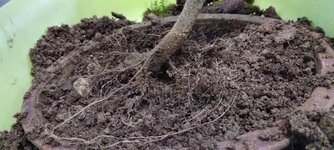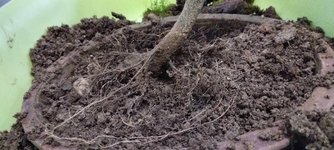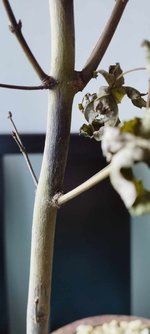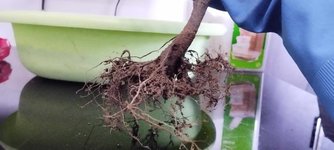Palmatum
Seed
I have a green leaf Japanese maple (my first bonsai) whose leaves have been curling. I originally thought it was underwatering, but I'm now afraid it might be an infection. Could it be an infection? 
Timeline:
- Mid-December - Bought plant. Watering schedule is once a week, in partial sun.
- Jan 1 - Last time plant was noticed fully healthy (similar to picture below)
- Jan 6 - Was going to water according to usual schedule. First noticed curled leaves (already curled same amount as in pictures below), thought it was just underwatering or heat stress. Bottom watered and moved to a shadier area that still has partial sun.
- Jan 7-9 - Monitoring. Leaves not curling more, but not recovering either. Still green, but slightly losing color over the days.
- Jan 9 - Quick (5-10 mins) of bottom watering.
- Jan 10 - Pictures taken below. Stems still green underneath (green circle), still alive. First noticed possible infection. Black spots on bark/death of cambium (red circles), not sure if these were here before. Powdery mildew on some leaves (orange circles) that were not here last Jan 7. Sprayed baking soda/soap/water mixture lightly on leaves.
Area: Philippines*
*only have wet/dry seasons, no winter. December/January is a cool dry season here.
Does this look like just underwatering + powdery mildew? Or is it bacterial/fungal infection? And do I just keep watering every few days, spraying baking soda/soap/water mixture once a week, keeping in a shadier area, and hope for the better? What else should I try - do I need to check the roots, remove the black bark, move to a larger pot, etc.?
I've been taking care of plants for a while now, but this is my first bonsai and my favorite plant. I've actually cried a couple of times worrying she might die. Please, how do I save her?
Timeline:
- Mid-December - Bought plant. Watering schedule is once a week, in partial sun.
- Jan 1 - Last time plant was noticed fully healthy (similar to picture below)
- Jan 6 - Was going to water according to usual schedule. First noticed curled leaves (already curled same amount as in pictures below), thought it was just underwatering or heat stress. Bottom watered and moved to a shadier area that still has partial sun.
- Jan 7-9 - Monitoring. Leaves not curling more, but not recovering either. Still green, but slightly losing color over the days.
- Jan 9 - Quick (5-10 mins) of bottom watering.
- Jan 10 - Pictures taken below. Stems still green underneath (green circle), still alive. First noticed possible infection. Black spots on bark/death of cambium (red circles), not sure if these were here before. Powdery mildew on some leaves (orange circles) that were not here last Jan 7. Sprayed baking soda/soap/water mixture lightly on leaves.
Area: Philippines*
*only have wet/dry seasons, no winter. December/January is a cool dry season here.
Does this look like just underwatering + powdery mildew? Or is it bacterial/fungal infection? And do I just keep watering every few days, spraying baking soda/soap/water mixture once a week, keeping in a shadier area, and hope for the better? What else should I try - do I need to check the roots, remove the black bark, move to a larger pot, etc.?
I've been taking care of plants for a while now, but this is my first bonsai and my favorite plant. I've actually cried a couple of times worrying she might die. Please, how do I save her?
Attachments
-
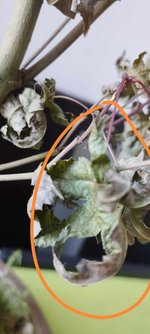 412318368_902037308236446_5950539682030373326_n.jpg87.3 KB · Views: 58
412318368_902037308236446_5950539682030373326_n.jpg87.3 KB · Views: 58 -
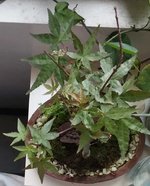 413475595_889351586198342_2523573960476996397_n (1).jpg59.2 KB · Views: 51
413475595_889351586198342_2523573960476996397_n (1).jpg59.2 KB · Views: 51 -
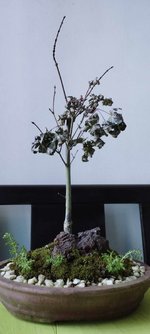 410773466_773418527946116_203358885376905682_n.jpg91.5 KB · Views: 47
410773466_773418527946116_203358885376905682_n.jpg91.5 KB · Views: 47 -
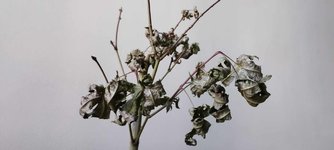 412433961_900326548154254_9202610663526895924_n.jpg65.1 KB · Views: 49
412433961_900326548154254_9202610663526895924_n.jpg65.1 KB · Views: 49 -
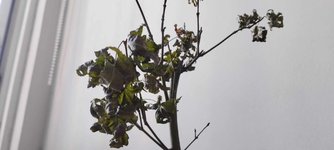 411171368_269104352854370_2489700995680102129_n.jpg65.7 KB · Views: 46
411171368_269104352854370_2489700995680102129_n.jpg65.7 KB · Views: 46 -
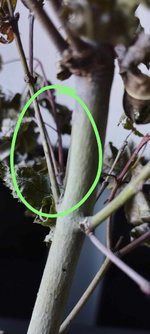 411224087_346950888129365_3499004914993032403_n.jpg84.9 KB · Views: 47
411224087_346950888129365_3499004914993032403_n.jpg84.9 KB · Views: 47 -
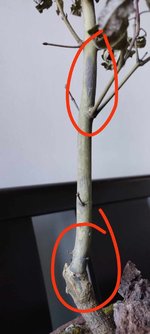 411183838_386137073938201_6643321043710037095_n.jpg69.5 KB · Views: 49
411183838_386137073938201_6643321043710037095_n.jpg69.5 KB · Views: 49 -
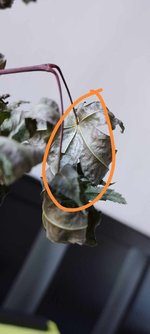 411778405_1059068165306880_2848379305616750759_n.jpg61.3 KB · Views: 59
411778405_1059068165306880_2848379305616750759_n.jpg61.3 KB · Views: 59

